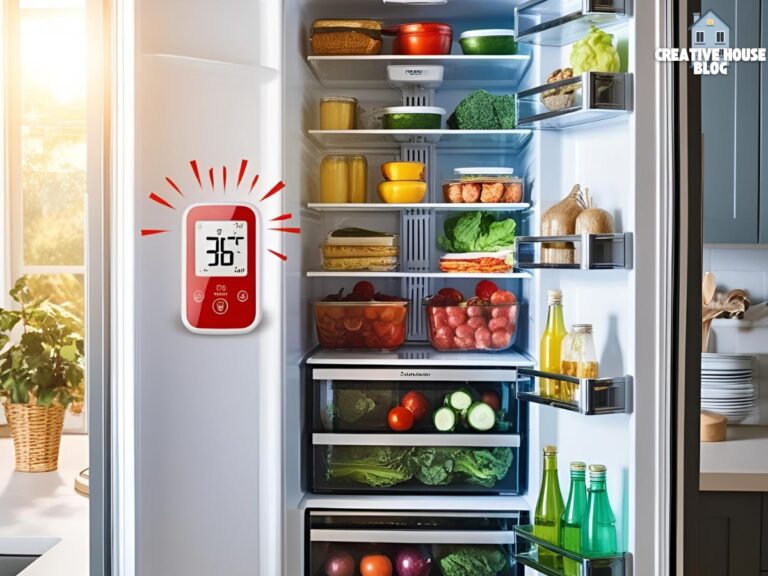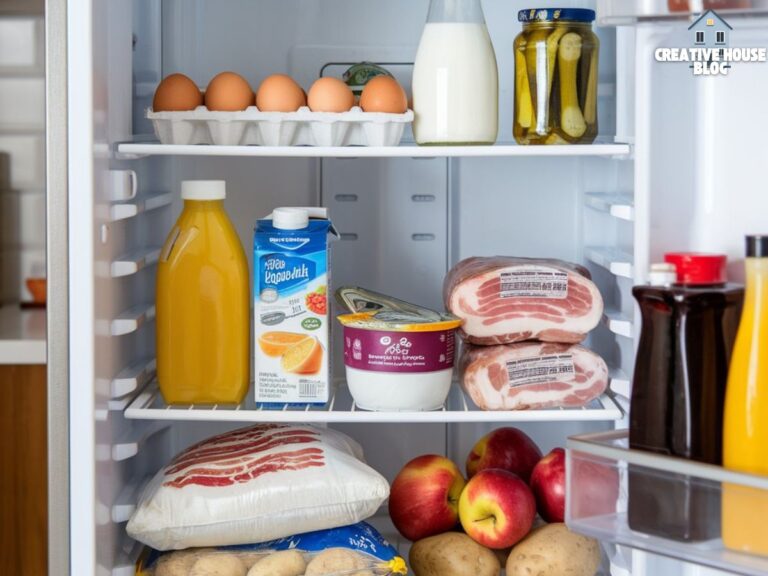Are you having trouble with your LG refrigerator not cooling enough? Common difficulties with the compressor, evaporator fan motor, condenser motor, and start relay can all impact cooling.
Verify that the refrigerator is powered on and connected. To enhance airflow, clear obstructions in the vents and ducts before testing the temperature control system.
Lastly, check the evaporator fan motor, compressor, and condenser coils for any problems that might require repair.
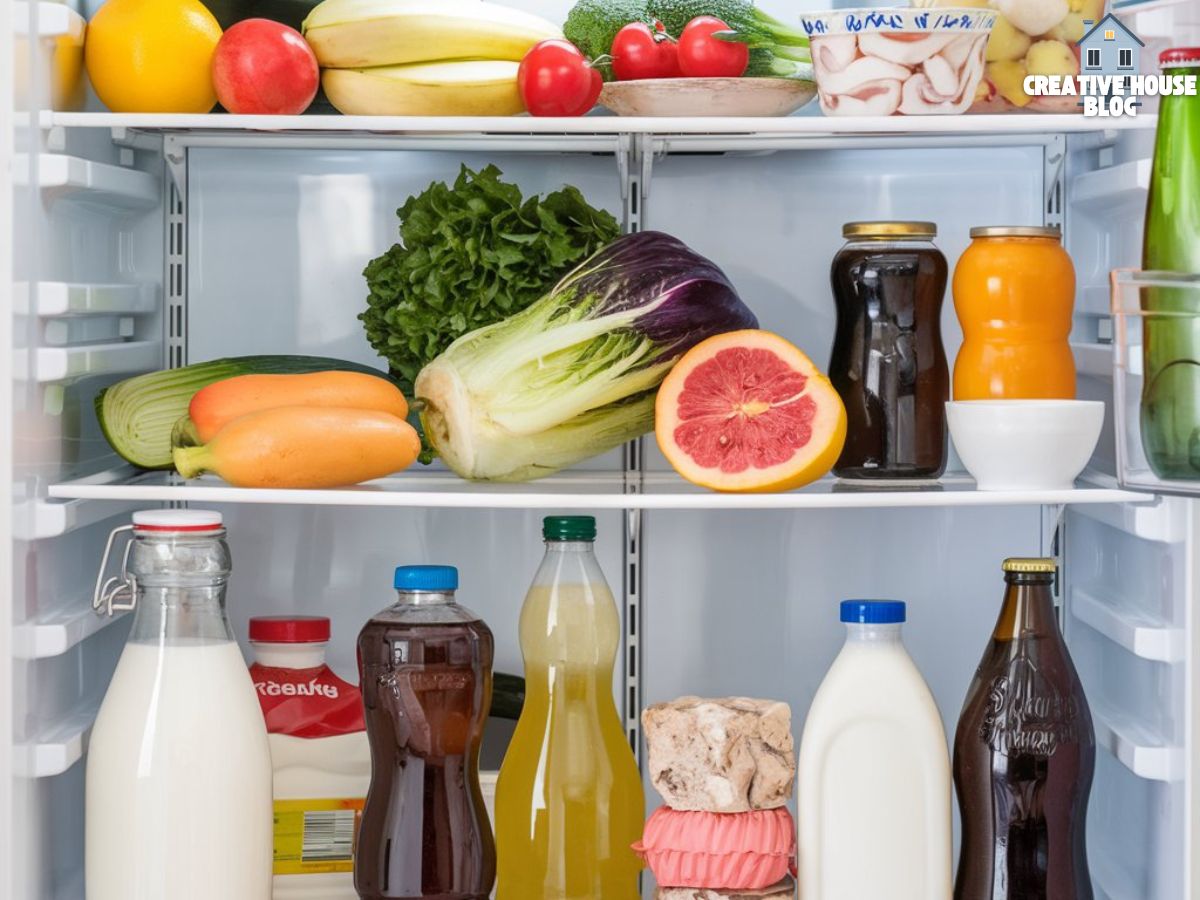
Key Takeaways
Expert Guide
LG Refrigerator Not Cooling: Tentative Reasons and Fixes
Let’s have a look at some of the reasons that LG Refrigerator not cooling.
1. Unclean Condenser Coils
Dirty condenser coils are the most frequent reason why your LG refrigerator doesn’t cool down. As the machine operates, the coils at the back of the machine collect dirt and debris.
The heated environment on the machine’s backside causes dust and dirt to adhere to the coils, making it impossible for them to chill the refrigerator.
Cleaning the condenser coils is simple. To clean them, follow the instructions below.
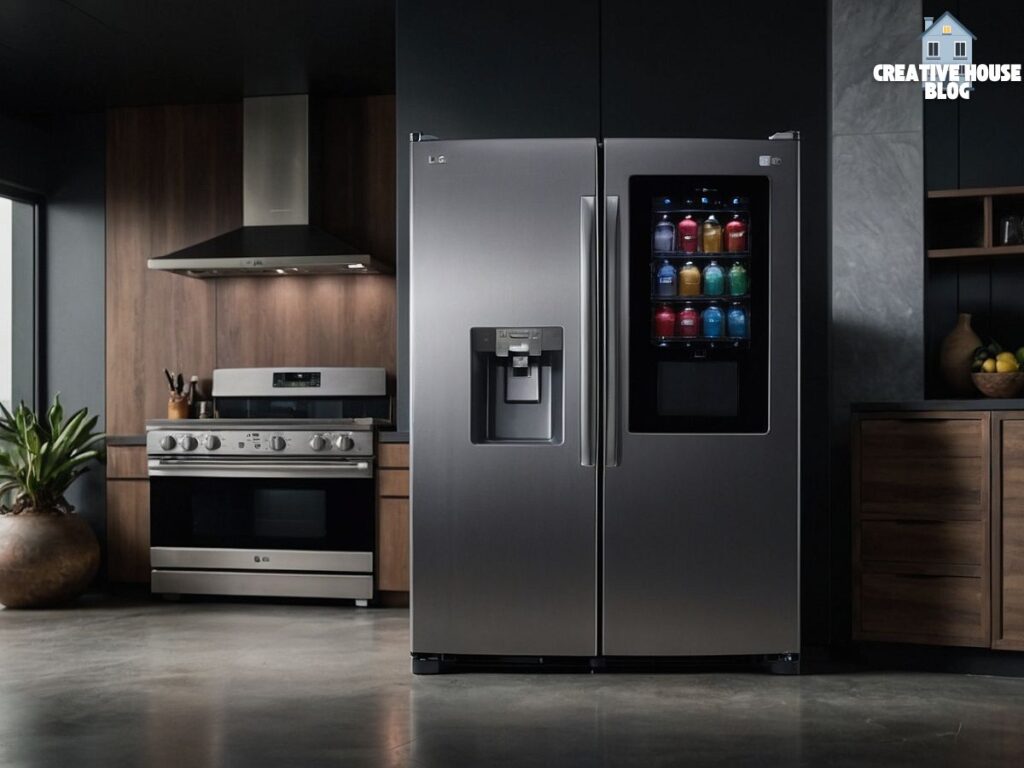
- Remove the refrigerator’s plug.
- To gain access to the rear of the refrigerator, move it.
- Using a screwdriver, remove the back cover.
- Examine the coils and clean them if necessary. When cleaning the coils, vacuum cleaners work best. You will have another issue to cope with once you spread all the dust over your kitchen floor without using a hoover.
- Over the next six to twelve hours, you’ll find your refrigerator working after plugging it in. When it cools down properly, your task is over.
- To check if it is cooling, you can put an appliance thermometer inside. You can also test its functionality by leaving a water bottle within.
Related Article: Maytag Refrigerator Not Cooling: 6 Causes with Effective Troubleshooting
2. Issues with Compressors
Compressor troubles are among the most commonly reported problems with LG refrigerators.
Inadequate cooling may arise from a malfunctioning compressor, which is in charge of moving refrigerant throughout the system.
Compressor problems, which result in decreased efficiency and cooling issues, are frequently caused by a defective seal.
| Issue with Compressor | Reason | Fix |
| Running or humming sound is not there | Failure of Compressor | Call a technician to fix it and it’s better to repair it. |
Keep in mind that frequent cleaning and good maintenance can help avoid compressor problems with your LG refrigerator.
Keeping the refrigerator at the proper temperature and not overloading it might also help it operate at its best.
Related Article: Miele Refrigerator Not Cooling: A Step-by-Step Guide
3. Evaporator or condenser fan motor failure
The condenser fan circulates air over the compressor and into the condenser coils. A malfunctioning fan motor will prevent the refrigerator from cooling down correctly.
Look for any physical impediments on the fan blade.
Hand-rotate the fan. If the motor isn’t spinning freely, replace it.
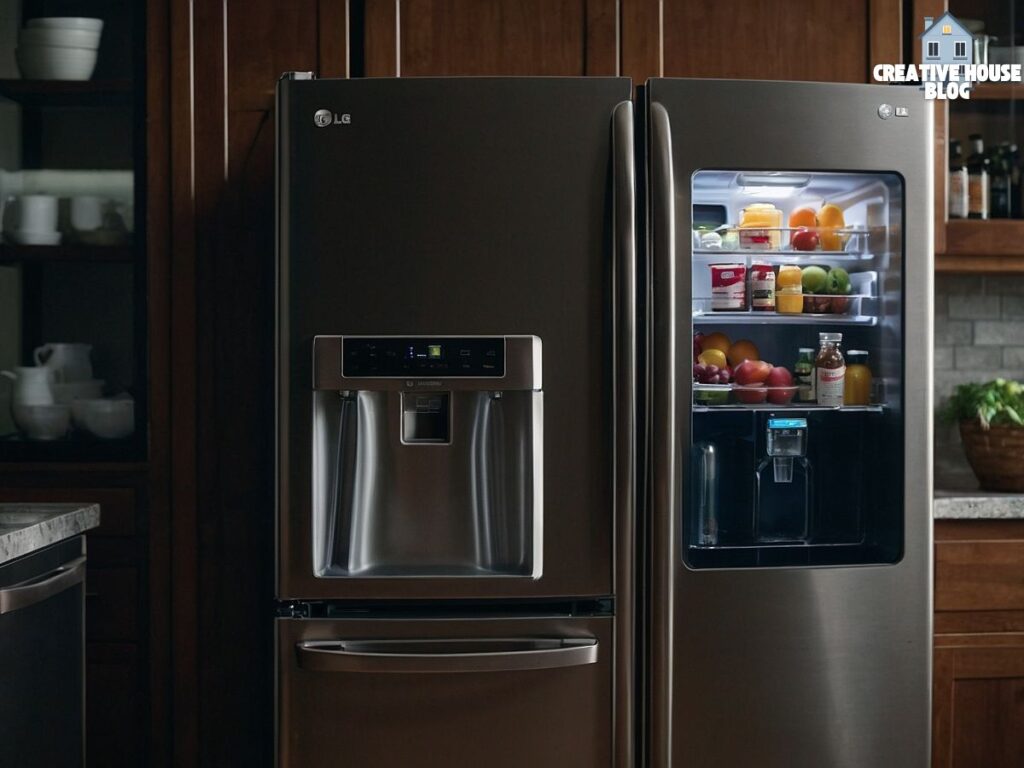
Check for continuity in the motor if it spins freely. If the continuity test comes out negative, replace the condenser fan motor.
The evaporator fan draws air across the cooling coils and circulates it throughout the refrigerator and freezer compartments.
The compressor motor should be functioning when the evaporator fan is operating. If your refrigerator has a single evaporator fan motor, it’s in the freezer section.
The refrigerator’s cold air won’t circulate if the fan fails. In this case, the refrigerator may remain warm while the freezer continues to cool.
- Look for any physical impediments, such as ice, on the fan blade.
- Hand-rotate the fan. If the motor isn’t spinning freely, replace it.
- Check for continuity in the motor if it spins freely. If the continuity test reveals a problem, replace the evaporator fan motor.
- It’s also necessary to replace a motor that makes odd noises.
Related Article: Whirlpool Refrigerator Not Cooling: 8 Troubleshooting Steps to Fix This Issue
4. Failure of the Thermistor (Defrost Temperature Sensor)
A malfunctioning thermistor is another issue that keeps your refrigerator from getting cold enough. One sensor that keeps track of the temperature of the air is the thermistor.
The control board is attached to it. The refrigerator may cool continuously or not at all if the thermistor is broken.
Take out a multimeter and check the thermistor’s continuity. If the temperature is 46 degrees Fahrenheit (7 degrees Celsius) or lower, you can measure the thermistor.
If the temperature exceeds the desired level, cool the thermistor tip by submerging it in a cup of ice water. You should replace your temperature sensor if the value is not between 10 and 15 kΩ.
5. The Refrigerator Is Overloaded
Being overly full is another possible issue that could be preventing your LG refrigerator from cooling.
The refrigerator cannot effectively cool if there is insufficient room for the cold air to flow.
To allow for adequate air circulation, try to keep your refrigerator less than 3/4 full.
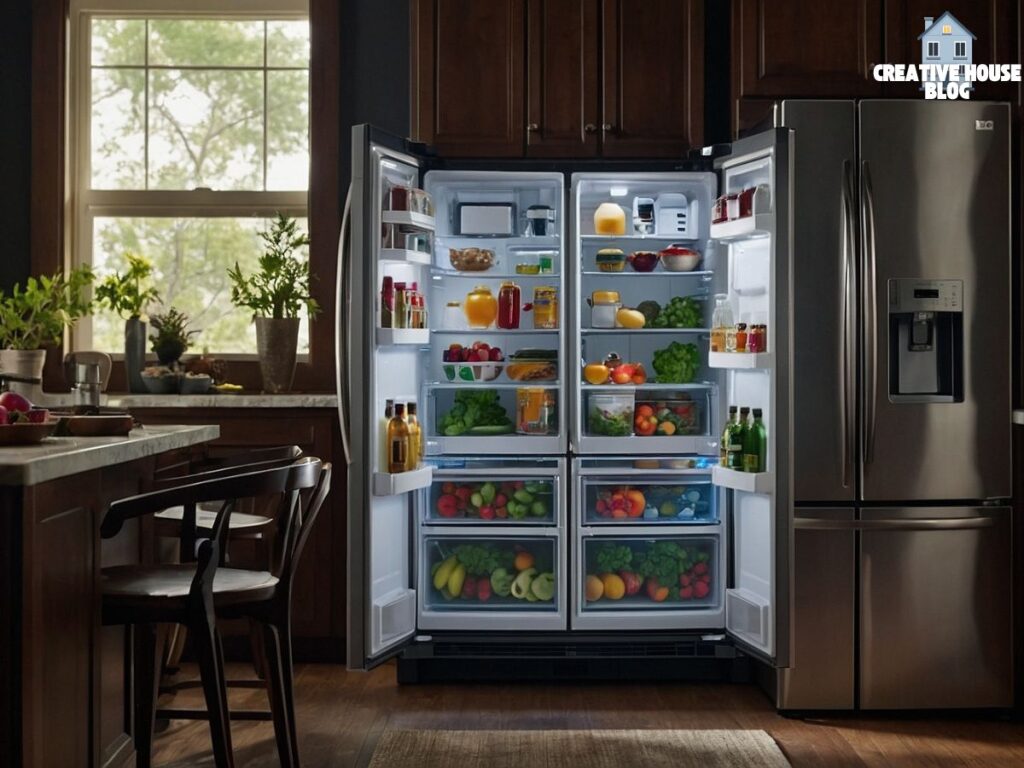
6. Refrigerator Inadequately Placed
Refrigerators operate best inside at temperatures of about 70 degrees Fahrenheit (21 degrees Celsius).
Variations in this temperature have an impact on the cooling capability and cause temperature swings.
The refrigerator may shut off and cease cooling if the temperature falls below 36°F (2°C) in an unheated garage. Food may thaw and reheat inside the insulated refrigerator as a result.
Also, a refrigerator may have trouble efficiently cooling if it is placed in a warm area, in the sun, or close to hot appliances like the oven, dishwasher, or range.
Keep your refrigerator away from heat sources or insulate it. To chill rooms, use fans and encourage airflow.
Related Article: LG Refrigerator Not Cooling: Troubleshooting Guide to Fix This Issue
7. Start relay issue
The compressor in your refrigerator may malfunction due to a malfunctioning start relay. Troubleshooting this issue is simple. All you have to do is check the continuity of the relay.
To start with, take off the back panel of the machine so that you can reach the relay from the bottom.
Use a multimeter to check the relay’s continuity after you’ve located it. Replace the relay if there is no continuity.
8. Capacitor Start
The compressor receives a power boost from the start capacitor, which is situated close to the compressor, to aid in the cooling process’s initiation.
If it malfunctions, your machine won’t cool down properly and the compressor won’t start.
- After shutting off the refrigerator, take off the rear cover.
- Find the machine’s start capacitor. If you are unable to locate the user manual for your system, consult it.
- To check for continuity in the capacitor, use a multimeter. It is necessary to replace the capacitor if there is no continuity.
- A start capacitor is available for purchase online. But you need to make sure it works with your refrigerator.
Explore Also:
Dietsheriff
Gigasecurehome
Mycleanseplan
FAQs Of LG Refrigerator Not Cooling
How do I reset the compressor on my LG refrigerator?
Unplug the refrigerator.
Using the control panel, turn off the freezer and refrigerator.
Reset the temperature in your refrigerator and freezer.
Await the temperature stabilization in the refrigerator.
Which LG refrigerator issue is the most common?
Temperature concerns are the most common problems with LG refrigerators.
Is there a reset button on the LG refrigerator?
The majority of refrigerators, including those from the LG brand, contain a reset button.
What signs indicate a malfunctioning LG compressor?
The refrigerator compartment’s lack of cooling, which causes high temperatures and increases the risk of food spoiling, is the most obvious indicator.


